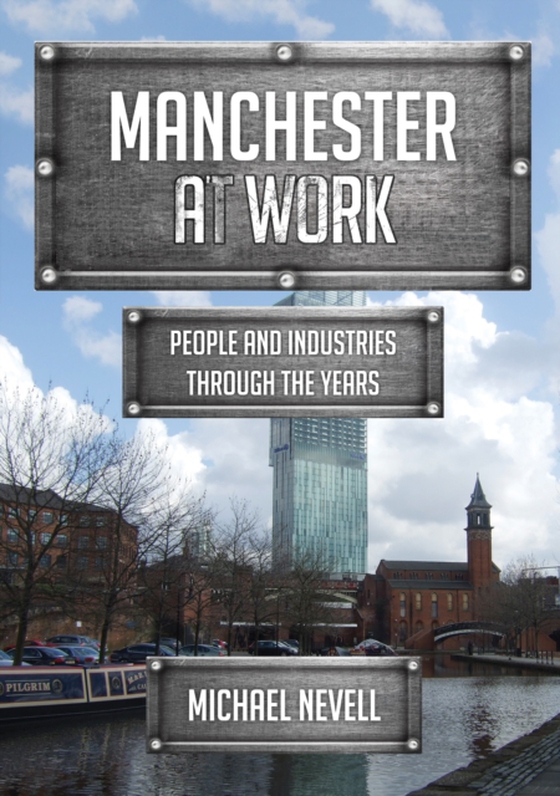
Manchester at Work e-bog
94,21 DKK
(inkl. moms 117,76 DKK)
Manchester is a city with an unparalleled industrial heritage. It gave the world technological innovation as well as manufacturing strength. The city's wealth came from textile manufacture during the Industrial Revolution. The great majority of cotton spinning took place in south Lancashire and north Cheshire, and Manchester was for a time the most productive centre of cotton processing in the...
E-bog
94,21 DKK
Forlag
Amberley Publishing
Udgivet
15 november 2018
Længde
96 sider
Genrer
1DDU-GB-ENLM
Sprog
English
Format
epub
Beskyttelse
LCP
ISBN
9781445681047
Manchester is a city with an unparalleled industrial heritage. It gave the world technological innovation as well as manufacturing strength. The city's wealth came from textile manufacture during the Industrial Revolution. The great majority of cotton spinning took place in south Lancashire and north Cheshire, and Manchester was for a time the most productive centre of cotton processing in the world, earning it the sobriquet 'Cottonopolis'. Manchester's population grew at an astonishing rate in the early nineteenth century as people flocked there for work from Scotland, Wales, Ireland and other parts of England. The firms that made machines for the cotton trade diversified into general manufacture, the chemical industry expanded into other areas, financial service industries such as banking and insurance began to flourish and its transport and distribution infrastructure expanded in order to sustain booming trade and agrowing population. Manchester at Work explores the life of the city and its people, from pre-industrial beginnings through to the present day. In a fascinating series of contemporary photographs and illustrations, it takes us through the dramatic rise and fall of the textile industry and the town's role as a major inland port, the trauma of high unemployment between the wars, post-war industrial decline and late twentieth-century regeneration, and into the twenty-first century, showing how this erstwhile 'Second City of Empire' has rediscovered its swagger and successfully transformed itself into a thriving post-industrial centre of arts, culture and commerce.
 Dansk
Dansk

